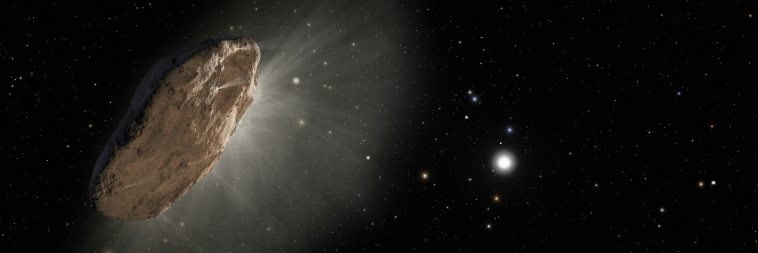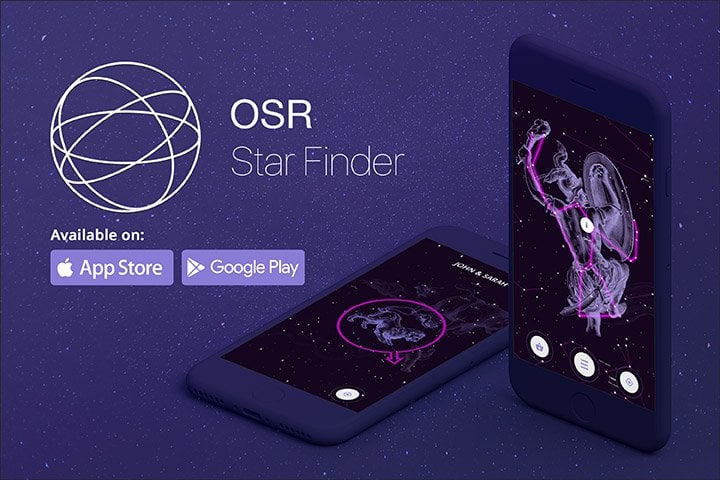Could an Asteroid Hit Earth?

Could an asteroid hit Earth? Learn about the risks, prevention strategies, and the science behind these celestial bodies!
Asteroids have always been a topic of fascination – and maybe a certain amount of fear! But what exactly are they, and why do they matter? Just as importantly, could an asteroid hit Earth? In this article, we’ll take a closer look at these enigmatic space rocks and check out the odds of one visiting our home planet! We’ll also examine a few of the more famous asteroids that are lurking out there in our solar system.
What is an Asteroid?

Asteroids are small, rocky bodies that orbit the Sun. They mostly hang out in the asteroid belt between Mars and Jupiter. While most asteroids stay at home in this belt, sometimes, they’ll venture closer to Earth, very occasionally sparking a few concerns about potential collisions.
Historically, asteroids have played a pretty big role in shaping our planet. The most famous example is the Chicxulub asteroid, which struck Earth around 66 million years ago. Most scientists believe that this impact is what caused the mass extinction of the dinosaurs, alongside numerous other species.
In more recent history, smaller asteroids have also made headlines. The Tunguska event in 1908 saw an explosion in Siberia, flattening some 2,000 square kilometres of forest. More recently still, the Chelyabinsk meteor in 2013 injured over 1,500 people in Russia.
Recent Asteroid Discoveries and Observations
With modern technology, we’ve been able to give our ability to detect and track asteroids a real shot in the arm. And in recent years, astronomers have made a few particularly noteworthy discoveries. For instance, NASA’s Near-Earth Object Wide-field Infrared Survey Explorer (NEOWISE) has identified thousands of near-Earth objects (NEOs), some of which are definitely worth keeping an eye on!
Additionally, the European Space Agency’s Gaia mission has provided precise data on the orbits of about one billion astronomical objects. While these are mostly stars, they’ve also made observations on a bunch of different objects, including planets, asteroids, comets, and even quasars.
These observations are really important for calculating potential future impacts, something that NASA’s Planetary Defense Coordination Office (PDCO) has been overseeing since its creation in 2016. But despite these efforts, we’ve really just scratched the surface. Scientists estimate that we’ve only discovered a fraction of the NEO’s out there, so the work continues to uncover the rest of them!
Asteroids to Look Out For!
As we’ve improved our asteroid-detecting capabilities, certain space rocks have stood out due to their potential to approach or even impact Earth in the future. Astronomers are constantly monitoring these asteroids, carefully calculating their paths and looking out for any changes that could increase their threat levels.
Here’s some of the most troublesome asteroids that currently sit at the top of our watch list:
- Apophis: Discovered in 2004, Apophis is set to make a close approach in 2029. While initial assessments suggested a potential collision, revised predictions have basically ruled out that risk, at least for its next few visits. Nonetheless, Apophis remains one of the most observed asteroids.
- Bennu: Known for being the target of NASA’s OSIRIS-REx mission, Bennu has a chance of impacting Earth in the late 2100s. Its composition and trajectory are of particular interest to researchers.
- 2014 JO25: This large asteroid made a close pass by Earth in 2017 and remains a subject of interest due to its sheer size and potential future approaches.
- 1999 AN10: Slated for an exceptionally close flyby in 2027, 1999 AN10 is under surveillance due to its size and trajectory.
The Probability and Impact of an Asteroid Collision
There’s one obvious question that hangs on many of our lips: What are the chances of an asteroid hitting Earth? The good news is that large asteroid impacts are extremely rare. Scientists estimate that asteroids capable of causing global catastrophes hit Earth once every few million years.
That said, smaller asteroids can definitely cause significant regional damage, and they’re a bit more common. Statistically, Earth experiences impacts from small asteroids (about 1-20 metres in size) several times a year. Most of these burn up in the atmosphere, posing no threat. But those that do make it through can cause considerable damage.
The potential impact of an asteroid depends on its size, speed, and composition. A larger asteroid could cause widespread devastation, triggering tsunamis, wildfires, and even climatic changes. It’s these larger asteroids that scientists are particularly concerned about and focus their efforts on tracking.
Monitoring and Tracking Asteroids
![]()
To prevent an unexpected asteroid impact, scientists continuously monitor the skies. Several observatories and space missions are dedicated to identifying and tracking NEOs. The Catalina Sky Survey, Pan-STARRS, and the LINEAR project are just a few examples of initiatives working to keep tabs on potential threats.
Advanced techniques, like radar imaging, also allow researchers to study the shapes, sizes, and trajectories of asteroids. By understanding an asteroid’s path, scientists can predict its future positions with remarkable accuracy. This information is essential for assessing potential collision risks.
Publicly accessible databases, like NASA’s JPL Small-Body Database, provide up-to-date information on known asteroids and their orbits. These resources ensure transparency and allow both scientists and the public to stay informed.
Steps Taken by Space Agencies
Recognising the potential threat that an asteroid could pose, national and international space agencies have developed strategies to protect Earth. NASA’s Double Asteroid Redirection Test (DART) mission, for example, aims to demonstrate how we could deflect an asteroid by intentionally crashing a spacecraft into it.
Similarly, the European Space Agency’s Hera mission plans to follow up on DART’s impact to study the aftermath. These missions are crucial for developing effective planetary defence techniques. Collaborative efforts, like the International Asteroid Warning Network (IAWN) and the Space Mission Planning Advisory Group (SMPAG), ensure global coordination in response to potential threats.
Final Thoughts

While the probability of a catastrophic asteroid impact is low, the potential consequences are just too significant to ignore. But thanks to modern technology and international collaboration, we’re better equipped than ever to detect and respond to potential threats.
Asteroids are a fascinating part of the cosmos, but there’s so much more out there to discover. And with our fantastic Star Finder App, you’ll be able to do just that! Download the app to your iOS or Android device today and discover a world of stars, planets, and constellations!

